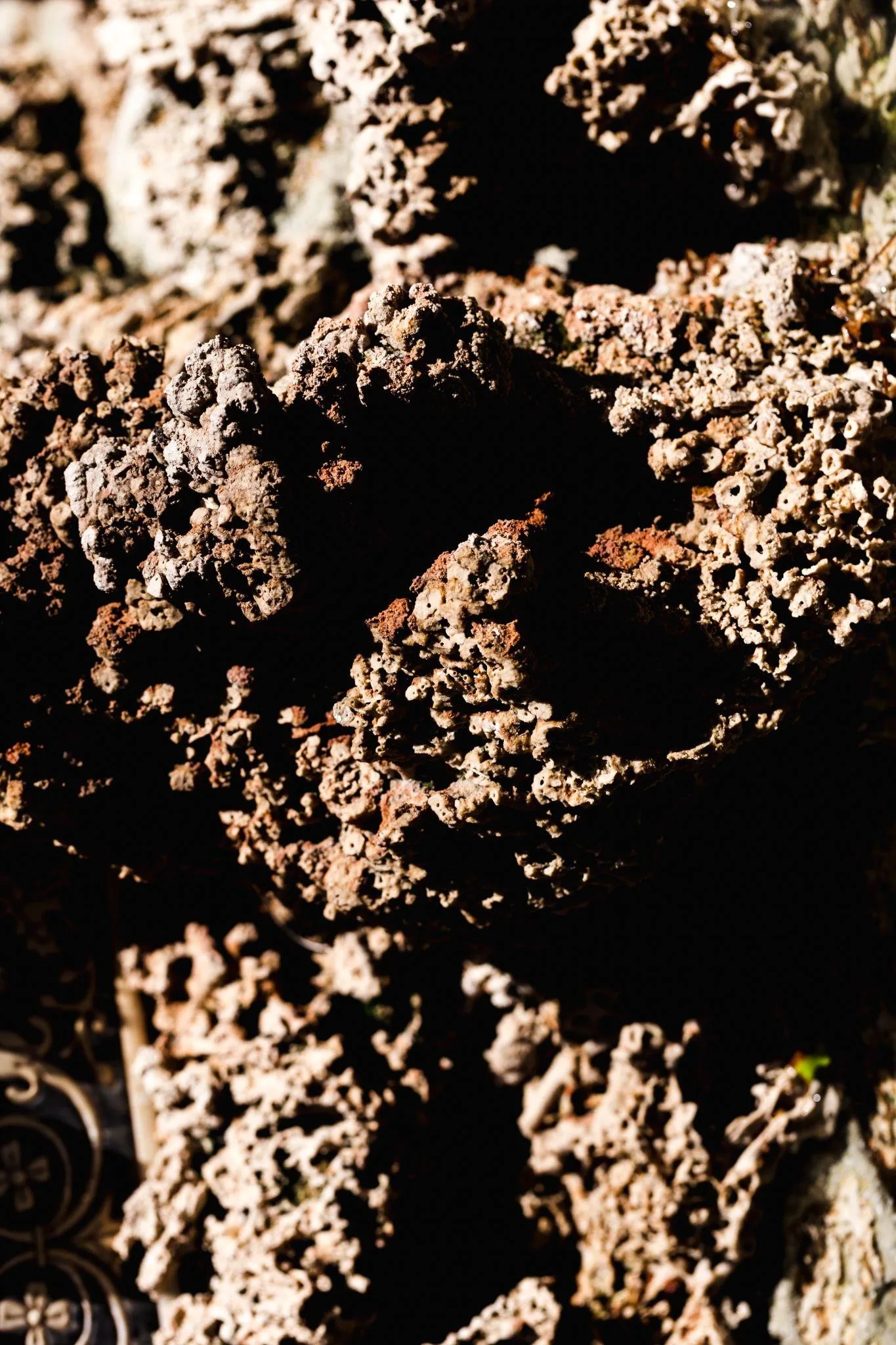The Science Behind Clay Stabilizers in Fracturing Fluids
When clay minerals meet water during hydraulic fracturing, things can go sideways fast. Swelling, dispersion and fines migration can choke off flow paths and reduce permeability. That means lower production, higher costs and more frustration in the field.
This is where clay stabilizers help. These additives are designed to keep reactive clays in check. Whether it’s smectite expanding under osmotic pressure or kaolinite releasing fines into the fracture network, the right stabilizer helps preserve formation integrity and maintain conductivity.
As fracturing fluid formulations evolve to meet environmental and performance demands, the role of clay stabilizers has become more precise and more critical. This blog breaks down the chemistry, the mechanics and the practical impact of clay stabilizers – so you can make smarter choices in oil & gas chemical solutions.
What Are Clay Stabilizers?
Clay stabilizers are chemical additives used in fracturing operations to prevent clay minerals from swelling or dispersing when exposed to water based fluids. These reactions can block pore spaces, reduce permeability and even damage the formation, especially when it comes to shale and tight reservoirs. A clay stabilizer works by interacting with the surface of clay particles, helping them stay intact and minimizing fines migration.
Common Clay Stabilizer Additives in Fracturing Fluid
1. Quaternary ammonium compounds
These cationic surfactants bind to negatively charged clay surfaces and reduce their tendency to hydrate and swell.
2. Potassium chloride (KCl)
A traditional choice that supplies potassium ions to replace sodium in clay structures and limits their expansion.
3. Organic salts and polymers
These offer improved thermal stability and compatibility with modern fracturing fluid systems, especially in high salinity or high temperature environments.
Each type has its strengths. Some are better suited for deep wells with high pressure. Others are chosen for their environmental profile or compatibility with other additives.
The Science Behind Clay Swelling and Dispersion
A. Clay Mineralogy and Reactivity
Not all clays behave the same when exposed to water. In formations rich in smectite, illite, or kaolinite, the interaction with fracturing fluids can trigger a chain reaction.
- Smectite is highly expandable and prone to swelling while illite tends to release fines that can migrate and clog pore spaces.
- Kaolinite is less reactive but still contributes to dispersion under certain conditions.
These minerals are layered silicates and their structure allows water molecules to enter and disrupt the spacing between sheets, especially when sodium ions dominate the exchange sites.
B. Mechanisms of Swelling and Fines Migration
Once water enters the formation, two things happen fast: swelling and fines migration.
- Swelling is driven by osmotic pressure as water moves into the clay structure, expanding it from within.
- At the same time, ion exchange replaces stabilizing cations with more mobile ones, weakening the clay’s structure.
This leads to dispersion – tiny particles breaking loose and moving into the fracture network. The result? Reduced permeability, blocked flow paths and long term damage to the reservoir.
This is why clay stabilizers are a must. The right additive can control hydration, lock in structure and keep the formation stable under pressure. When fracturing fluids are paired with the right clay stabilizers, operators avoid costly setbacks and keep production on track.
How Clay Stabilizers Work
Clay particles carry a negative surface charge. Stabilizers with cationic components bind to these surfaces, reducing repulsion and keeping particles from breaking apart. Also, sodium ions in clays are highly mobile and promote swelling. Stabilizers replace them with potassium or quaternary ammonium ions, which are more stable and less reactive.
By limiting water uptake into the clay structure, stabilizers reduce osmotic swelling and help maintain pore structure. Performance of clay stabilizers depends on how well the stabilizer holds up under real oilfield conditions such as high temperature, salinity, pH and fracturing compatibility as well.
Conclusion
From controlling swelling to reducing fines migration, these additives play a direct role in keeping fractures open and production flowing. As formations get more complex and fluid systems evolve, the science behind stabilizers becomes even more relevant. Choosing the right clay stabilizer is about performance, compatibility and long term value. It can make a big difference in your hydrocarbon productivity.




